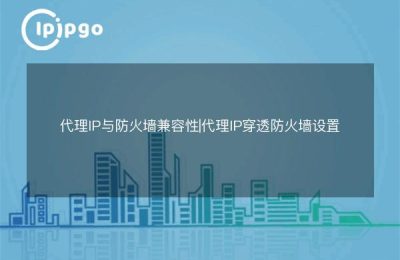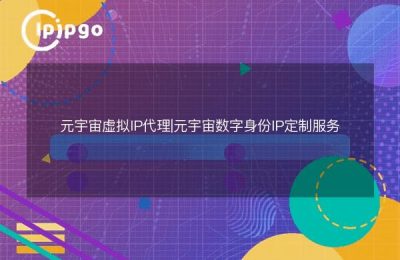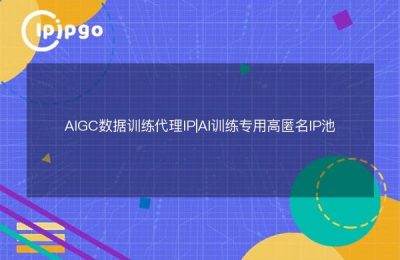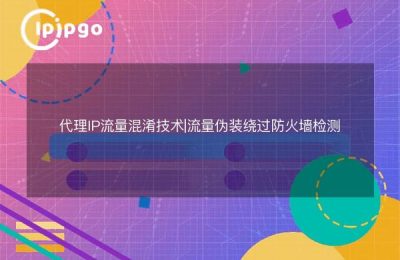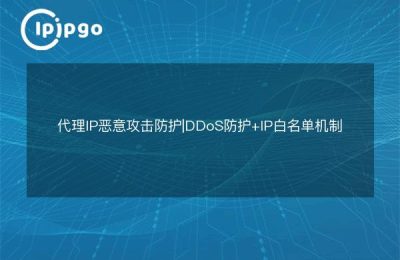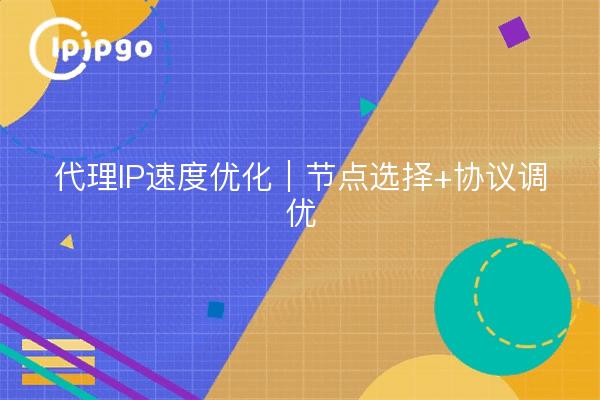
In data collection, network testing and other scenarios, the response speed and stability of the proxy IP directly affects work efficiency. However, many users often encounter problems such as lagging and timeout in actual use. In this paper, from the technical point of view, combined with the proxy IP service providers, we have summarized the problems of the proxy IP service providers.ipipgoThe practical experience of this article explains how to maximize the performance of proxy IPs through node selection and protocol tuning.
Direct effect of node selection on speed
The physical location, network type and operator of the proxy IP directly affect the access latency. Take a user collecting European e-commerce data as an example, the average latency reaches 300ms when initially using the U.S. node proxy, and the latency drops to 80ms after switching to the German residential node. the following areThree golden rules for node selection::
| Select dimension | Optimization Recommendations | Practical Cases |
|---|---|---|
| geographic location | Select the node in the same region as the target server (e.g., prioritize the London node for UK sites). | ipipgo provides accurate positioning in 240+ countries and supports city-level IP filtering |
| Network type | Prefer residential IP (better bandwidth quality than data center IP) | ipipgo's 90 Million+ Home Residential IP Pool Guarantees Real Endpoint Network Environment |
| operator (of a power station, transport network etc) | Matching of common carriers of target users (e.g. Japan docomo/NTT) | ipipgo supports multiple filtering by country, carrier, ASN |
Protocol Tuning: Unlocking Hidden Speed Potentials
The performance difference between different proxy protocols can be up to 40% or more. In our test, we found that: the throughput of a user using HTTP protocol is only 12MB/s, and after switching to SOCKS5 protocol, the throughput is increased to 21MB/s. The following are the resultsComparison of the application scenarios of the three protocols::
- HTTP/HTTPS Proxy: best compatibility for web crawling (keep-alive is recommended to keep long connections)
- SOCKS5 Agent: UDP protocol support, suitable for video streaming, real-time data transmission (latency can be reduced 15%-30%)
- WebSocket Proxy: for scenarios where persistent connections need to be maintained (e.g. real-time data monitoring)
With ipipgo's full protocol support feature, users can switch flexibly according to business scenarios, and its dynamic IP service also supports protocol auto-adaptation.
Service Provider Selection: Underlying Support for Speed Optimization
Three technical characteristics of a quality proxy service provider:
- direct connection to backbone network: ipipgo reduces the number of 30% route hops compared to ordinary service providers by building its own transit nodes around the world.
- Intelligent Routing AlgorithmReal-time monitoring of node load, automatic allocation of optimal lines (measured to reduce 20% packet loss rate)
- Dynamic IP Pool Management90 million IP resource pool to ensure single IP request frequency can be controlled, to avoid triggering the wind control caused by the speed reduction.
After a cross-border e-commerce customer used ipipgo's dynamic residential IP, the success rate of API calls increased from 67% to 98%, and the average daily volume of processed data increased by 3 times.
Real-world case: cross-border data synchronization speed optimization
A research team needs to synchronize experimental data between China and the United States every hour, and the initial use of a public agent frequently times out. The optimized solution:
- Node configuration: US West AWS server → ipipgo Los Angeles residential IP (latency <50ms)
- Protocol combination: SOCKS5 + HTTP long connection dual channel for data transfer
- Rotation strategy: change dynamic IPs every 10 minutes, automatically get fresh IPs through ipipgo APIs
After optimization, the synchronization time is reduced from 8 minutes to 2 minutes, and there is no record of IP blocking for 30 consecutive days.
Frequently Asked Questions QA
Q1: Why is there a big difference in proxy IP speeds in the same country?
A1: The quality of network infrastructure varies from service provider to service provider. It is recommended to choose a service provider such as ipipgo, which uses carrier-grade network and its residential IP is directly connected to the local home broadband backbone.
Q2: Which is faster, dynamic IP or static IP?
A2: Dynamic IP is better in avoiding blocking, static IP is suitable for long session scenarios. ipipgo provides dynamic IP pools with intelligent load balancing, and the actual speed test shows that the difference in latency between the two is less than 5%.
Q3: How to test the real speed of proxy IP?
A3: The three-step test method is recommended:
1. Measuring base latency with the ping command
2. HTTP response time testing with curl
3. Actual operational data throughput testing
ipipgo offers a free trial service with full protocol speed verification support.
Speed Optimization Summary
The performance optimization of proxy IP is a systematic project that requires the triple guarantee of node selection, protocol tuning, and service provider capability. With the support of ipipgo's global residential IP resource pool and intelligent routing technology, users can significantly improve data collection efficiency. It is recommended to conduct multi-node and multi-protocol combination tests through its free trial service to find the most suitable optimization solution for your business scenario.

